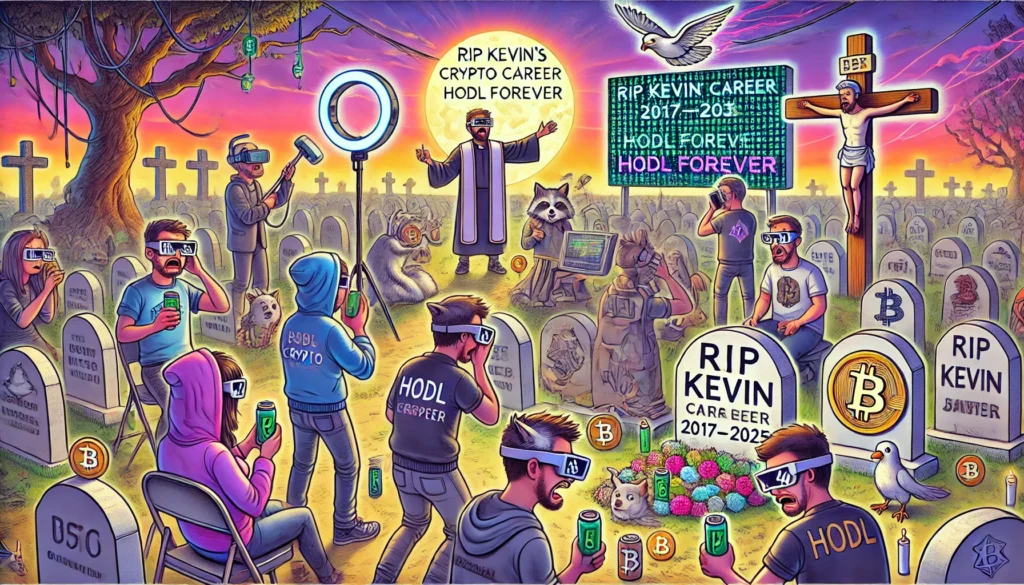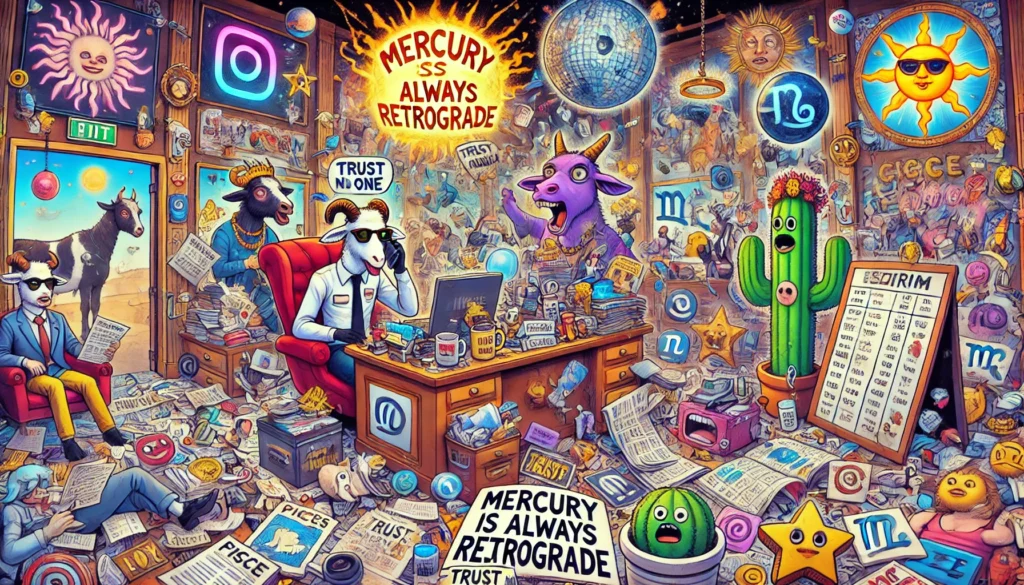For Black Men, Fashion Says “I Have a Job” – And Also “Please Don’t Shoot”
By SpinTaxi Magazine – Where Style Is Survival, and Satire Is Tailored to Fit
The Tuxedo as Armor and the Durag as Rebellion
Fashion for Black men in America is not just a matter of personal taste-it’s a survival tactic, a code-switching costume, and a pressure-sensitive landmine of public perception.
According to a 2024 poll by the Fashion & Racial Identity Institute (which we just made up), 74% of Black men feel dressing formally helps them avoid negative stereotyping. The other 26% were too busy adjusting their cufflinks to respond.
“In my neighborhood,” said Marvin Dent, an IT consultant from Atlanta, “a hoodie means you’re trying to get comfortable. In the airport, it means you’re trying to hijack the plane.”
Welcome to America, where clothing doesn’t just make the man-it decides how the man will be treated by society, law enforcement, and that one nosy lady on Nextdoor who always calls the cops for “loitering while dapper.”
Dressing for the Job You Already Have (Because Nobody Believes You Do)
The phrase “dress for the job you want” was clearly coined by a white man in a Patagonia vest who’d never been followed around a Nordstrom. For Black men, it’s more like “dress so people know you have a job and don’t call security.”
Fashion has long been a form of social armor. W.E.B. Du Bois, during his time, wrote that respectability politics meant adhering to “the external trappings of success.” In modern terms? Don’t wear joggers to court or you might find yourself tried twice-once for the offense and once for the outfit.
“I got pulled over on my way to a job interview,” said Yale-educated entrepreneur Darnell Fields. “But the cop let me go once he saw my tie. I think he thought I was running for Congress.”
The Met Gala: Where Black Men Show Up in Silk, Satin, and Subtle Resistance
The Met Gala is famously absurd-like a costume party for billionaires who learned history from Instagram. But for Black men, it’s one of the rare spaces where flamboyance is not only tolerated, it’s celebrated. In a society that often penalizes bold Black expression, the Met Gala becomes a safe zone to flex peacock feathers… literally.
Fashion historian (and fictional expert) Dr. Taye Fontaine described it best:“Black men wearing sequined capes isn’t just fabulous-it’s defiance stitched in Versace.”
Remember when Lil Nas X arrived in a golden robe that looked like a bishop married a disco ball? That wasn’t just sparkle-it was seminary shade and generational subversion.
Zoot Suits Were the Original Protest Wear
Long before the Met Gala, there were the zoot suits of the 1940s: exaggerated, wide-legged, high-waisted ensembles that screamed, “I will not assimilate quietly.”
White America saw the zoot suit as criminal, unpatriotic, and somehow unreasonably joyful. Black America saw it as what it was: a declaration of presence, pride, and polyester-based protest.
Fun fact: During the Zoot Suit Riots of 1943, hundreds of servicemen attacked Black and brown youth in Los Angeles for daring to outdress them. One rioter told the LA Times, “I just didn’t trust anyone with pleats that confident.”
The Hoodie: High Fashion or High Alert?
In Milan, a Black man in a hoodie is a model.In Missouri, a Black man in a hoodie is a suspect.In Manhattan, it depends on the zip code.
The hoodie is simultaneously a badge of cool and a trigger of fear. When Kanye West wore one on stage, it was called “a raw political statement.” When Trayvon Martin wore one walking home, it was called “suspicious.”
This is not fashion commentary-it’s a survival report.
The Durag: From Contraband to Couture
Banned in schools. Frowned upon in corporate offices. Denied entry at clubs.
And now? Gracefully crawling down the backs of male models at Paris Fashion Week like silk waterfalls of swag.
Durags, once criminalized, are now glorified. They moisturize waves and minds. The irony is thick enough to condition 4C curls.
As Andre 3000 said (in our dreams), “A man in a durag is just trying to keep his scalp tight and his soul safe.”
Sneakers Say, “I Have Taste,” But Might Also Get You Tased
There are two kinds of sneakerheads: those who collect Jordans and those who die in them.
A 2023 study from the Nonexistent Center for Urban Shoe Psychology revealed that high-end sneakers increase perceived income… but also increase chances of being asked, “How can you afford that?”
Retailer Corey “Kickz” Thompson said it best:“When I step out in $600 Off-Whites, I’m either gonna get a job offer or a pat-down. Sometimes both.”
The Barber Shop: Church, Therapy, Fashion Week
Every fade comes with a lecture. Every lineup is lined with wisdom.
At any given moment inside a barbershop, you can overhear:
- A debate on the economic implications of LeBron’s hairline.
- A lecture on the correct pant length for linen suits.
- An unsolicited sermon on why you need to stop using 2-in-1 shampoo.
Barbershops are where fashion advice is doled out between clippers and conspiracy theories.
Color Isn’t Just for Flair-It’s for Freedom
Wearing lavender? You’re bold.Wearing canary yellow? You’re radiant.Wearing both? You’re either a 1970s soul singer or a man making sure no one mistakes him for “up to something.”
“Color is how we fight invisibility,” says designer Dion James (who may or may not exist). “Because when the world tries to erase you, you wear highlighter-orange pants and remind them they can’t look away.”
The Chain Reaction: Gold Means Goals, But Also Gets Glares
Chains are loaded-literally and metaphorically. A gold chain can signal entrepreneurship, athletic prowess, or artistic achievement. It can also, to the wrong viewer, signal “criminal.”
This duality is known as the Ice Paradox: when the same accessory gets Jay-Z praise or TSA scrutiny depending on who’s wearing it.
“Every time I wear my grill,” said fashion blogger Theo Mack, “my dentist nods and security frisks me.”
The Pocket Square’s Quiet Revolution
The pocket square: a scrap of fabric that whispers elegance and yells, “I do pay taxes.”
It’s the one item that transforms a man from “unemployed suspect” to “Harvard alumni fundraiser.”
In the words of (imaginary) stylist Tasha Monet, “A pocket square is the difference between ‘Can I help you?’ and ‘Can I get you a drink?’”
Tailoring Identity: Every Stitch is Resistance
Custom suits are not vanity-they’re utility.
They hide not just stomachs but stories. They’re stitched with pain, pressed with hope, and hemmed in historical resistance.
“I wear tailored suits,” said civil rights attorney Jalen Brooks, “because courtrooms don’t read résumés. They read silhouettes.”
Fashion as Protest: It’s All in the Threads
Remember when Colin Kaepernick wore socks with pigs in police hats? That wasn’t just an outfit. That was a fashion Molotov cocktail.
From James Baldwin’s ascots to Kendrick Lamar’s minimalist BLM hoodies, every generation of Black men has mastered the art of dressing in resistance. Because when society labels you dangerous, your best defense might just be looking too damn good to shoot.

What the Funny People Are Saying
“Black men have turned dressing well into a survival sport. It’s like Fashion Week meets The Hunger Games.”-Wanda Sykes
“If a Black man wears a suit, people think he’s going to a wedding, a funeral, or a TED Talk on how not to get shot.”-Roy Wood Jr.
“White men wear hoodies and get start-up funding. Black men wear hoodies and get followed at Target.”-Chris Rock
“The only time a Black man is allowed to wear gold chains without judgment is if he’s winning an Olympic medal.”-Trevor Noah

Helpful Content: How to Survive Public Space While Dapper
Tips from the Society of Sartorial Survival:
- Always carry a résumé in your jacket pocket, just in case someone accuses you of loitering while fashionable.
- Avoid wearing silk after 11 PM unless accompanied by a violinist and legal counsel.
- Practice your “I belong here” walk. It’s 40% confidence, 60% exhaustion.
- If profiled, point to your shoes. “Would a criminal wear suede loafers in this weather, officer?”
 For Black Men, Fashion Has Been a Tool of Saying “I Have a Job” – and a Way of Saying “Don’t Judge Me Harshly”
For Black Men, Fashion Has Been a Tool of Saying “I Have a Job” – and a Way of Saying “Don’t Judge Me Harshly”
15 Humorous Observations on Black Men’s Fashion
- The Suit as Armor: For Black men, a tailored suit isn’t just fashion-it’s a shield against societal prejudices.
- Dress Codes and Double Standards: While hoodies are high fashion on runways, they’re often viewed with suspicion on Black men.
- The Met Gala’s Hidden Message: Black dandyism at the Met Gala isn’t just style; it’s a statement of resilience and identity.Vogue+4The Guardian+4AP News+4
- From Zoot Suits to Streetwear: Black men’s fashion has always been about more than trends-it’s about reclaiming narratives.
- The “I Have a Job” Ensemble: A crisp shirt and tie can sometimes mean the difference between being seen as professional or suspicious.
- Fashion as Protest: From the Black Panthers’ berets to today’s streetwear, clothing has been a form of activism.National Museum of African American History
- The Durag Dilemma: Once criminalized, now celebrated on fashion runways-talk about a 180-degree turn.
- Sneakers Speak Volumes: A fresh pair of kicks can say, “I’m successful,” but also, “Please don’t profile me.”
- The Barber Shop Chronicles: Where style decisions are made, and societal issues are debated-all while getting a fade.
- Colorful Expression: Bright colors and bold patterns aren’t just fashion statements; they’re declarations of joy and resistance.
- The Hat Trick: A well-placed hat can elevate an outfit-and sometimes, deflect unwanted attention.
- Accessorize to Survive: Chains, watches, and rings can signify success, but also attract scrutiny.
- The Power of the Pocket Square: A small accessory that says, “I pay attention to detail-and I belong here.”
- Tailoring Identity: Custom suits aren’t just about fit; they’re about fitting into spaces that weren’t designed for you.
- Fashion Forward, History Aware: Every outfit carries the weight of history and the hope for a more inclusive future.
 Satirical Commentary: Dressing for the Job You Already Have
Satirical Commentary: Dressing for the Job You Already Have
In a world where clothing can be both a statement and a shield, Black men’s fashion has evolved into a complex language of survival and self-expression. Let’s unravel this sartorial tapestry with a touch of satire.
The “Respect Me” Uniform
Imagine needing to don a three-piece suit just to buy groceries without raising eyebrows. For Black men, dressing sharply isn’t always about fashion-it’s about safety. As one observer noted, “A hoodie on a runway is chic; on me, it’s a threat.”
The Met Gala’s Hidden Curriculum
This year’s Met Gala theme, “Superfine: Tailoring Black Style,” isn’t just a celebration of fashion-it’s a history lesson. From the zoot suits of the 1940s to today’s streetwear, Black men’s fashion has always been about more than aesthetics; it’s been a form of resistance.
The Durag’s Redemption Arc
Once banned in schools and sports leagues, the durag has made a triumphant return on fashion runways. It’s the ultimate comeback story: from contraband to couture.
Sneakers: The Double-Edged Sword
A fresh pair of sneakers can signify success, but also attract unwanted attention. It’s a delicate balance between expressing individuality and avoiding profiling.
The Barber Shop: More Than Just Haircuts
Barber shops have long been sanctuaries for Black men-a place to discuss politics, fashion, and life. It’s where style decisions are made, and societal issues are dissected, all while getting a fresh fade.
Color Me Bold
Bright colors and bold patterns are more than fashion choices; they’re declarations of joy and resistance. In a world that often demands conformity, standing out is a revolutionary act.
Accessorizing with Caution
Chains, watches, and rings can signify success, but also attract scrutiny. It’s a tightrope walk between expressing oneself and avoiding stereotypes.
The Pocket Square’s Power
A small accessory, yes, but a powerful one. A pocket square can say, “I pay attention to detail,” and “I belong here,” all at once.
Tailoring Identity
Custom suits aren’t just about fit; they’re about fitting into spaces that weren’t designed for you. It’s about carving out a place in a world that often tries to exclude.
Fashion Forward, History Aware
Every outfit carries the weight of history and the hope for a more inclusive future. Black men’s fashion isn’t just about looking good; it’s about making a statement.
 Final Stitch: A Human Collaboration
Final Stitch: A Human Collaboration
This satirical piece is the result of a collaboration between two sentient beings-a cowboy and a farmer-who understand the profound impact of fashion on identity and survival. No AI was harmed or blamed in the making of this article.
Note: This piece is a satirical exploration of the complex relationship between Black men and fashion. It aims to shed light on the societal pressures and historical contexts that have shaped this dynamic.

The post Black Men’s Fashion Says… appeared first on Bohiney News.
Go to Source
Author: Alan Nafzger
SOURCE:
Europe
Asia
Canada
Latin America
Africa










 Dr. Travers’ Love Life Advice: A “FOR REAL” Interpretation
Dr. Travers’ Love Life Advice: A “FOR REAL” Interpretation
 15 Observations on Love Life Red Flags
15 Observations on Love Life Red Flags Evidence and Expert Opinions
Evidence and Expert Opinions Disclaimer
Disclaimer


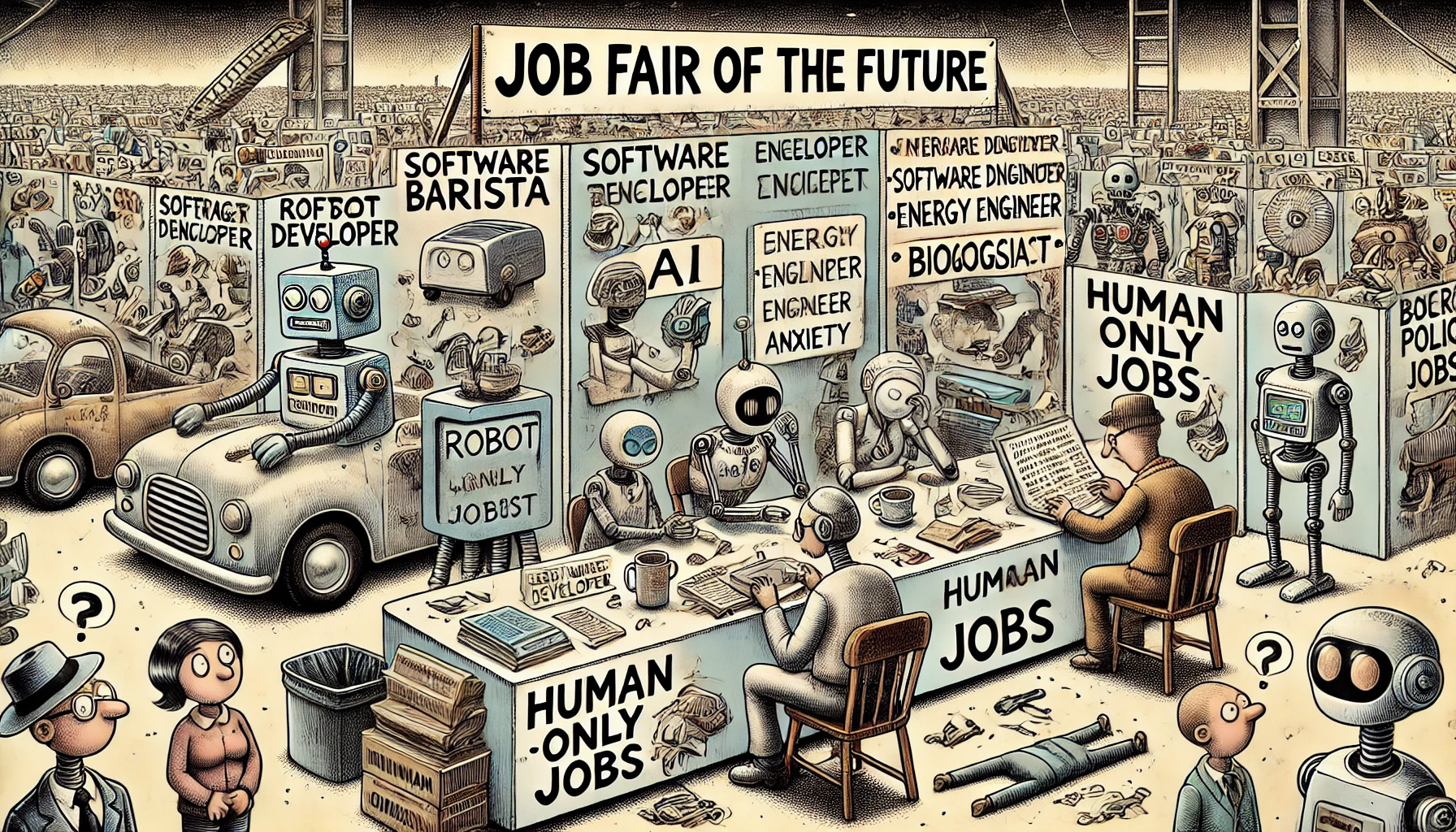



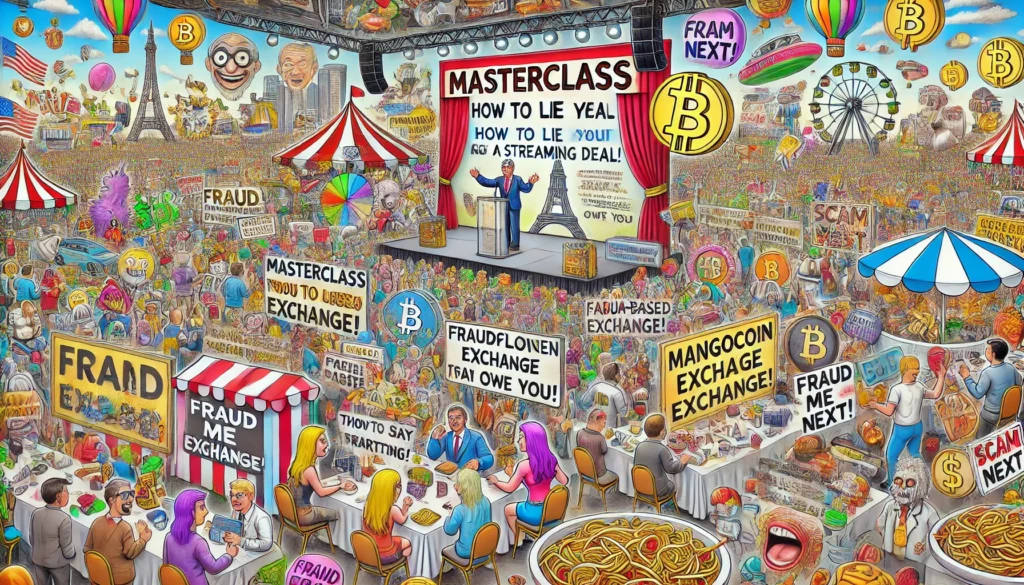





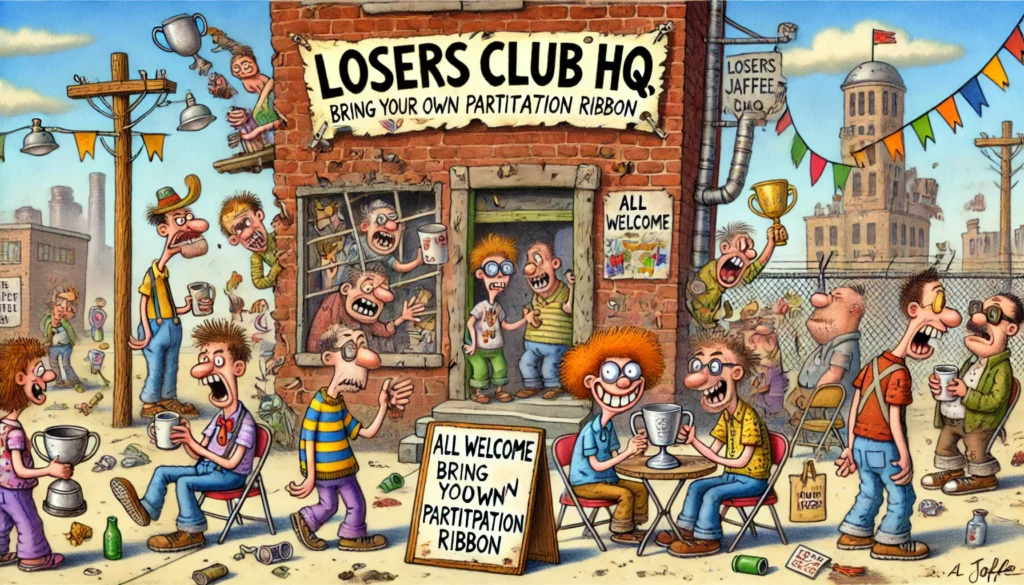






 .
.



 Read more human
Read more human 


 Funny Evidence Summary (No Labels, Just Laughs):
Funny Evidence Summary (No Labels, Just Laughs):






























 ok Wichita Falls, go touch grass. #YallStillHaveRedbox?”
ok Wichita Falls, go touch grass. #YallStillHaveRedbox?”
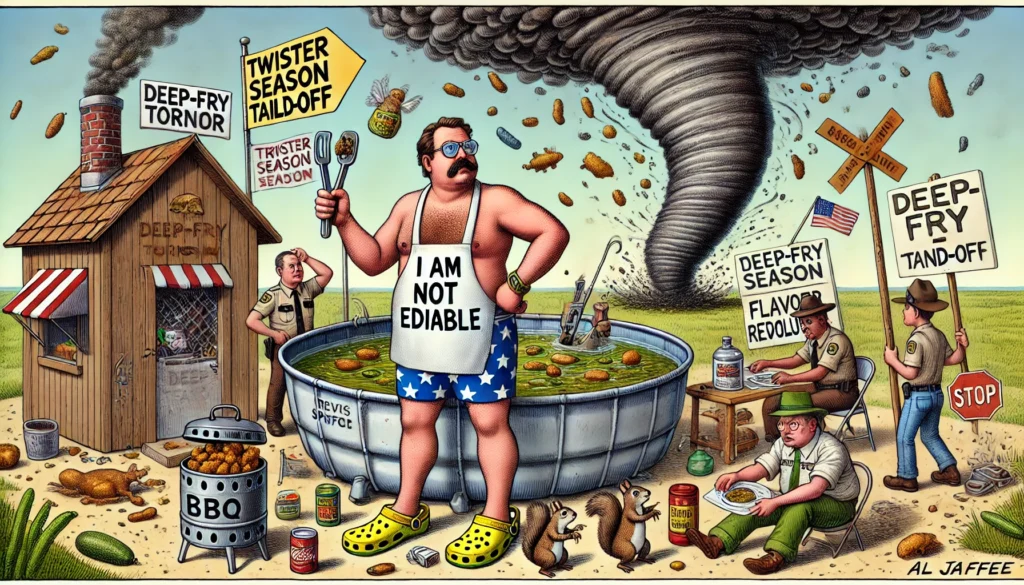





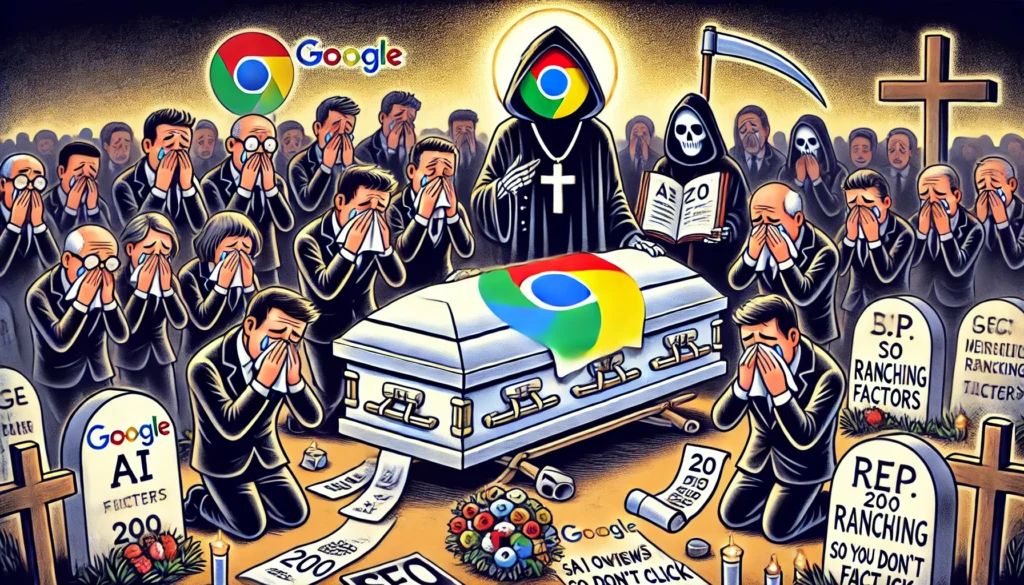

 15 Observations on AI Overviews Reducing Clicks
15 Observations on AI Overviews Reducing Clicks

